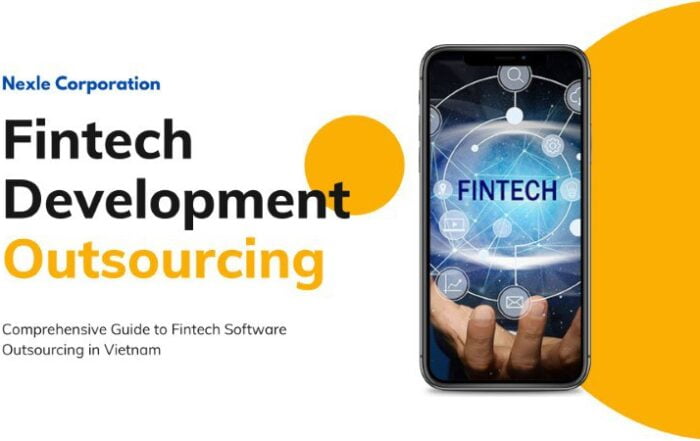Cross-platform mobile frameworks let you build apps for Android and iOS together. This is better than making separate apps. It cuts costs and speeds up releases. Plus your app can reach more people on both operating systems. With one codebase you control apps for Android and iOS.
There are over 3.48 million apps on Google Play and 2.22 million on the App Store. This shows mobile is mostly between two places. But what if you could get both without working twice as hard? Making apps for different devices at the same time is now possible. This is letting people make apps for Android and Apple without doing everything twice. More people making apps are seeing they can do this.
Dive into this article to discover why cross-platform development is rapidly becoming the preferred approach, and how it can empower you to build apps that rule the mobile landscape.
What Is a Cross-Platform App Development Framework?
Imagine making an app for phones that works the same on Android and iPhones. This is possible with tools that make app building for different devices easier. These tools let you write code once that runs on many phones.
Writing code one time means it works on different devices easily. This helps work get done faster and cheaper. Your app can then be used by more people on different machines.
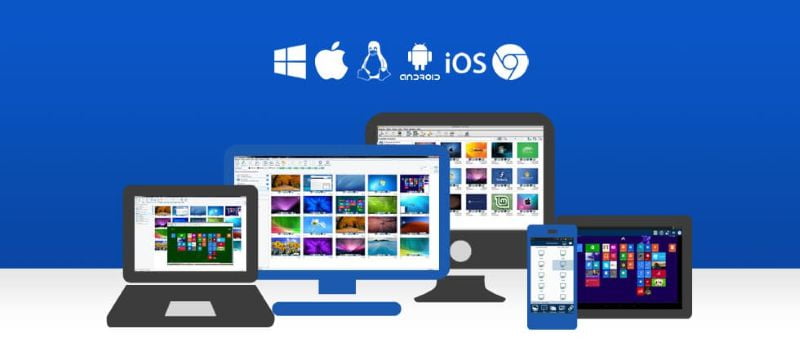
Building apps this way is a good choice now. Top app makers use tools that work on different devices. They use good tools to make apps work well on phones, tablets, and computers. Their apps let people use them easily on anything.
Cross-platform development can help developers and businesses alike. It gives developers versatile tools to create apps. And it helps businesses reach more users by making apps work on different devices. This innovative method is efficient, keeps things consistent, and focuses on the user experience. Apps made this way can succeed no matter the platform.
What are the best cross-platform mobile app development frameworks?
1. Flutter
Flutter is an open-source UI framework from Google for building beautiful, multi-platform apps from a single codebase. With Flutter, you can use one code to make apps for Android phones and iPhones. This saves time and money when making apps.
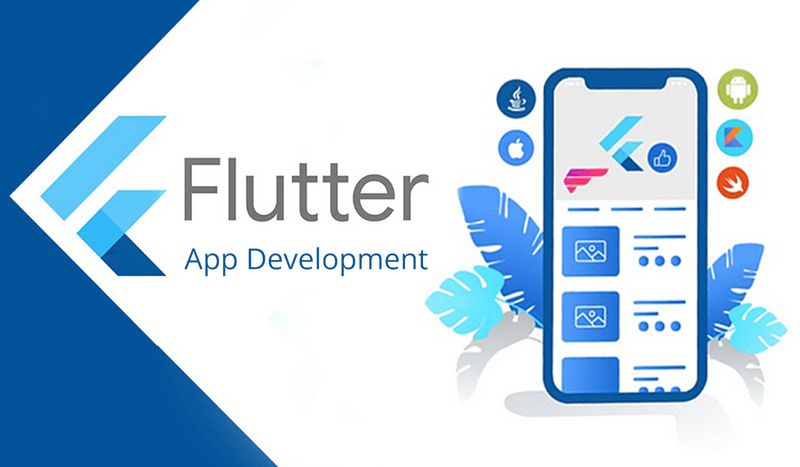
Benefits of Flutter:
- Cost-effective: Reduce development costs by up to 50% with reusable code and pre-built widgets. Accelerate time to market with hot reload functionality.
- High-performance: 95% faster than other frameworks in CPU-intensive benchmarks. Delivers smooth user interfaces with 60fps rendering.
- Popular: Rapidly growing community of users, surpassing React Native. Over 500,000 apps on the Play Store, trusted by brands like Toyota, BMW, eBay, and Alibaba.
- Extensible: Build web and desktop apps with the same codebase.
- Promising future: Over 2 million developers and 11 billion app downloads.
2. React Native
Born in 2015 at Facebook, React Native has taken the mobile world by storm. This powerful framework lets you build stunning, native-feeling apps for both iOS and Android, all with a single codebase. Gone are the days of juggling separate teams and languages – React Native streamlines your development process, saving you time and resources.
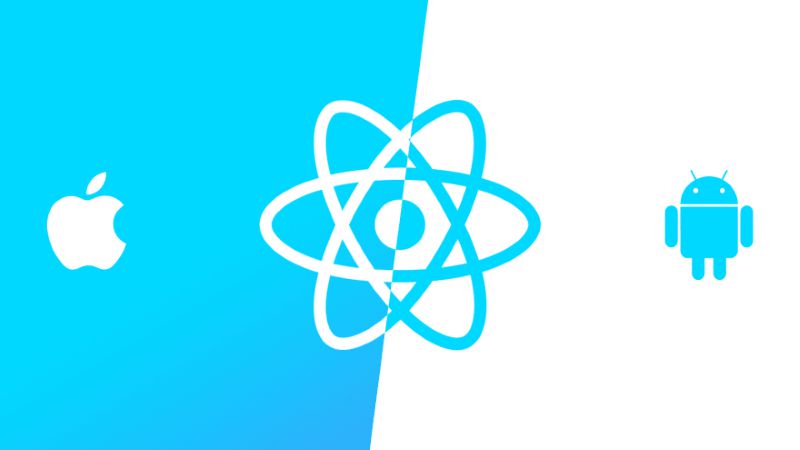
Here’s why developers love React Native:
- Faster development: Write code once and deploy it on both Android and iOS, accelerating your journey from concept to app store.
- Native performance: React Native utilizes real native UI components, ensuring smooth performance and responsiveness for your users.
- Superb user experience: Component-based architecture and hot reloading allow for dynamic, responsive interfaces and instant updates, keeping your users engaged.
- Easy maintenance: Updating your app becomes a breeze with a single codebase and hot reloading. Say goodbye to the hassles of separate codebases!
- Cross-platform reach: Reach a wider audience with a single codebase, ensuring consistent branding and user experience across different platforms.
3. Ionic
Ionic is a cross-platform mobile app development framework that was created by Max Lynch, Ben Sperry, and Adam Bradley of Drifty Co. in 2013, with its first beta version released in March 2014. This open-source framework is designed for building multi-platform mobile applications using familiar web technologies such as HTML, CSS, and JavaScript.
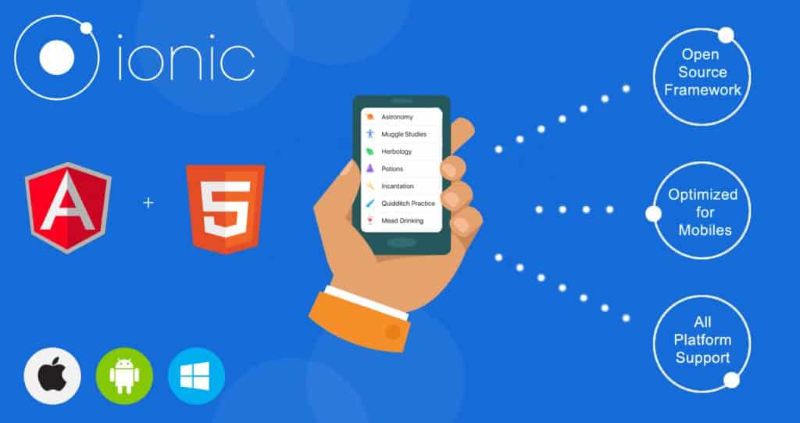
Here’s what makes Ionic a mobile developer’s dream:
- Effortless cross-platform: Build native-looking apps for iOS and Android with a single codebase, saving you time and resources.
- Simple and familiar: Leverage your existing web skills – no need to learn complex new languages.
- Ready-made beauty: Pre-styled components and a robust design library let you craft gorgeous apps with ease.
- Blazing fast: Ionic apps pack a punch, thanks to the underlying power of Angular.
- Feature-packed: Access a vast library of plugins for everything from camera and GPS to social media integration.
- Always helpful: A thriving global community awaits, ready to offer support and collaboration.
- Get started, fast: Ionic’s gentle learning curve means you’ll be building functional apps in no time.
4. Xamarin
Xamarin is a cross-platform mobile app development framework that allows developers to use C# to build native apps for Android, iOS, and Windows. It offers a number of advantages over other cross-platform frameworks, including:
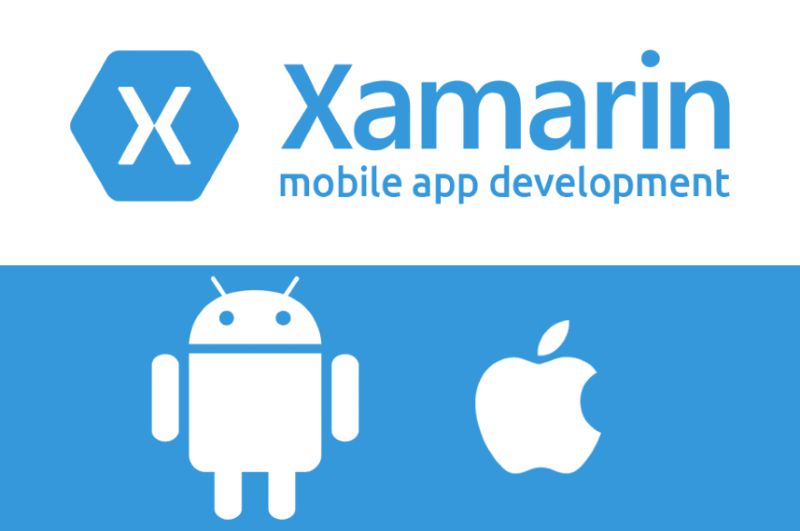
- Native performance: Xamarin apps are compiled to native code, which means they offer the same performance as apps that are written in the native language for each platform.
- Shared codebase: Xamarin allows developers to share up to 90% of their code across all three platforms, which can save a significant amount of time and effort.
- Rich UI: Xamarin provides access to the native UI elements for each platform, so developers can create apps that look and feel like native apps.
- Powerful tools: Xamarin includes a number of powerful tools that can help developers to build, test, and deploy their apps.
- Reduced development costs: Xamarin can help developers to reduce their development costs by allowing them to share code across multiple platforms.
- Faster time to market: Xamarin can help developers to get their apps to market faster by providing them with a powerful framework and a set of tools that can streamline the development process.
- Increased productivity: Xamarin can help developers to be more productive by allowing them to reuse code and by providing them with a set of tools that can automate tasks.
5. PhoneGap
PhoneGap, now under Adobe’s wing, is a leading open-source champion for building mobile apps without platform boundaries. Forget learning complex languages – PhoneGap lets you use familiar friends like CSS, HTML, and JavaScript, making it beginner-friendly and perfect for those who like to keep things simple.
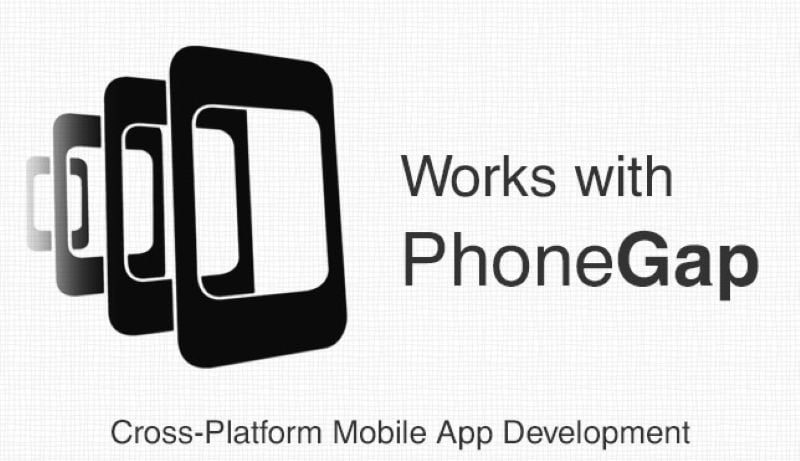
Benefits of PhoneGap:
- Easy Learning Curve: Beginners can quickly grasp PhoneGap without the need to learn complex languages.
- Minimum Effort Development: Integrated libraries and plug-in architecture save development time, making the process more efficient.
- Easy Installation and Distribution: Apps can be easily installed across various mobile platforms, facilitating smooth app store distribution.
- Uniform User Experience: Ensures consistent app performance across different platforms, providing a seamless experience for users.
- Speedy App Development: The powerful backend system accelerates the development process, making it suitable for businesses looking to launch apps quickly.
- Supports Device Features: Utilizes hardware features like accelerometer, geolocation, and camera for a seamless cross-platform user experience.
- Open Source: PhoneGap is an open-source framework with a free development license, promoting accessibility and collaboration.
- Community Contribution: The community actively contributes modules and codes without any charges, fostering collaborative development within the PhoneGap ecosystem.
How to Choose the Right Cross-Platform Mobile Development framework?
Team Expertise and Skills:
- Assess your team’s experience with different frameworks and programming languages.
- Choose a framework that aligns with their existing knowledge to minimize the learning curve.
Reliability and Support of the Framework Vendor:
- Ensure regular updates, bug fixes, and security support from the vendor.
- Evaluate the size and engagement of the framework’s community for resources and assistance.
- Review documentation quality and success stories to assess vendor reliability.
Customization of User Interface (UI):
- Choose a framework that allows flexibility for UI customization and responsiveness.
- Check for support for integration with popular UI frameworks.
- Assess the ability to create custom UI components to match your app’s unique design.
Framework Capabilities and Maturity:
- Consider the stability and compatibility of the framework’s API and tools.
- Evaluate support for bug tracking, code analysis, and testing frameworks.
- Ensure the framework adapts well to changes in native operating systems.
Platforms Consistency:
- Prioritize cross-platform code sharing and UI component compatibility for efficient development.
- Evaluate how well the framework supports platform-specific features to ensure a native-like experience.
- Check for device-specific adaptation to provide a consistent user experience across different devices.
Security Measures:
- Prioritize security features like data encryption and secure storage, especially for apps handling sensitive data.
- Evaluate the framework’s alignment with your app’s security requirements.
- Look for frameworks with a strong track record of security updates to address vulnerabilities.
Educational Resources and Materials:
- Assess the availability of comprehensive documentation, tutorials, and learning materials.
- Look for frameworks with an active and supportive community for assistance and knowledge sharing.
Conclusion
In conclusion, cross-platform app development frameworks empower developers to build apps that seamlessly reach audiences across multiple platforms, streamlining development processes and expanding market reach. By carefully considering factors like team expertise, project requirements, performance needs, and desired level of customization, you can select the framework that aligns perfectly with your unique vision. Embrace the versatility and efficiency of these frameworks to create apps that effortlessly bridge the gap between platforms and deliver exceptional user experiences to a global audience.


